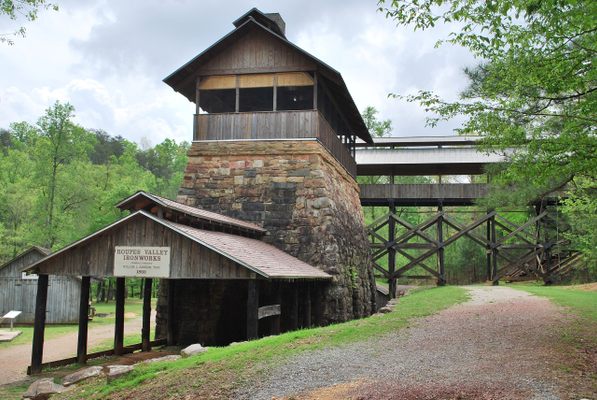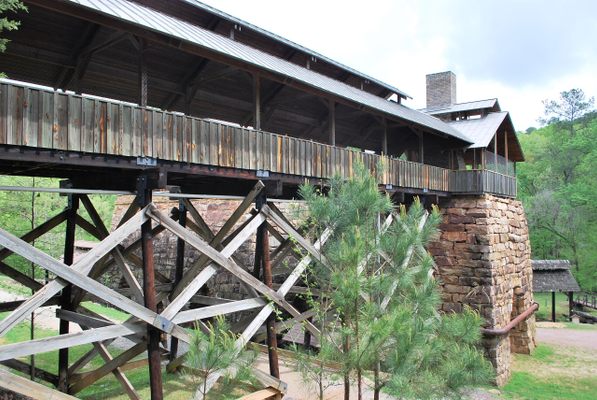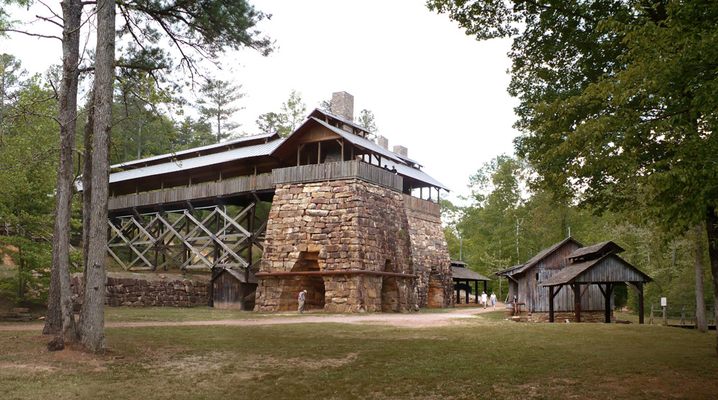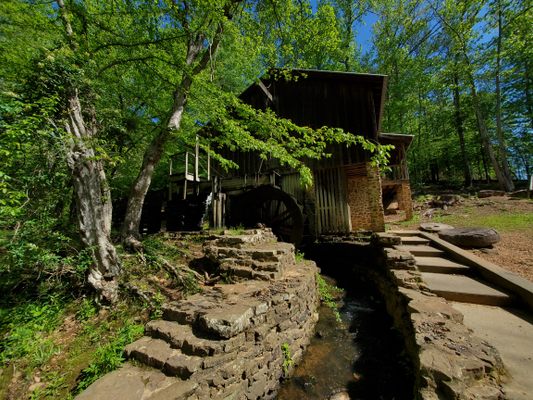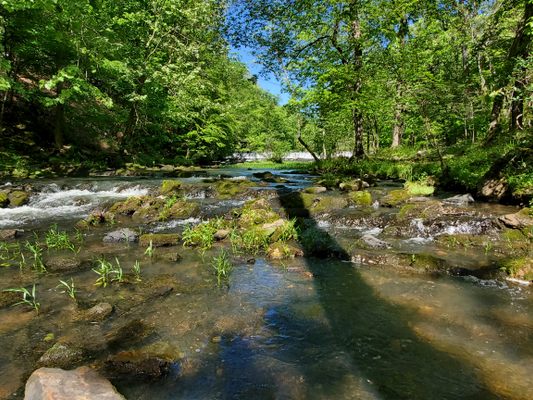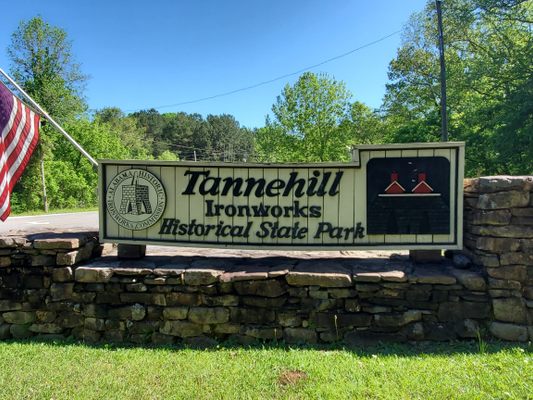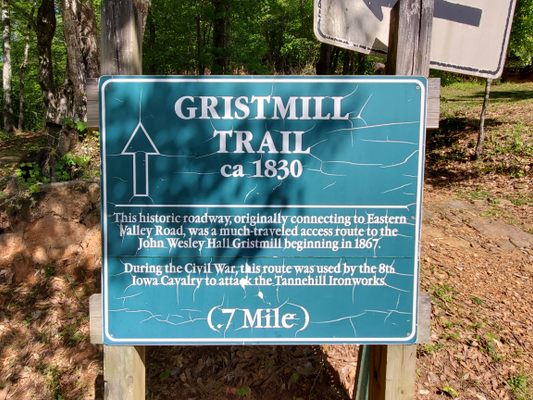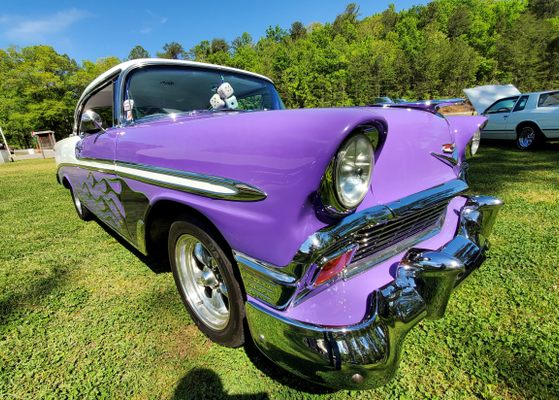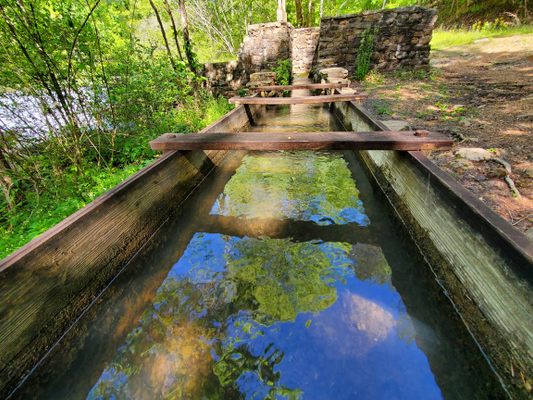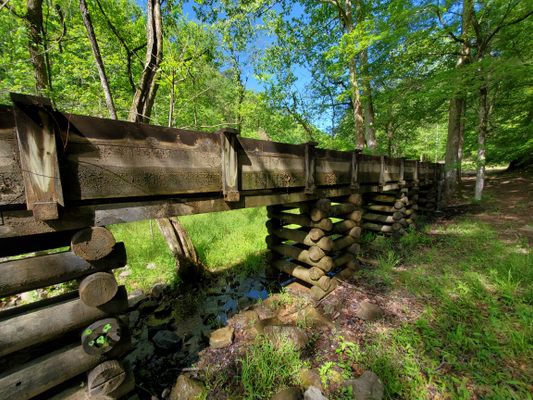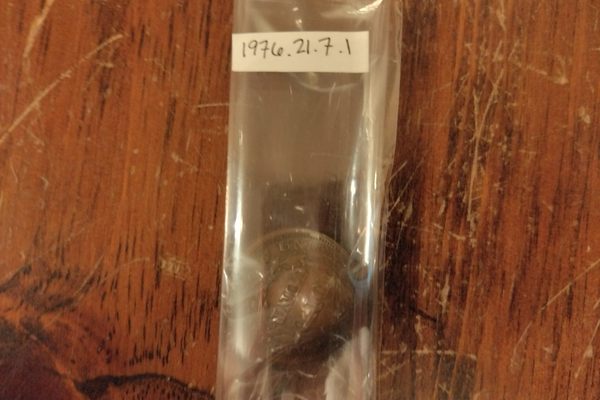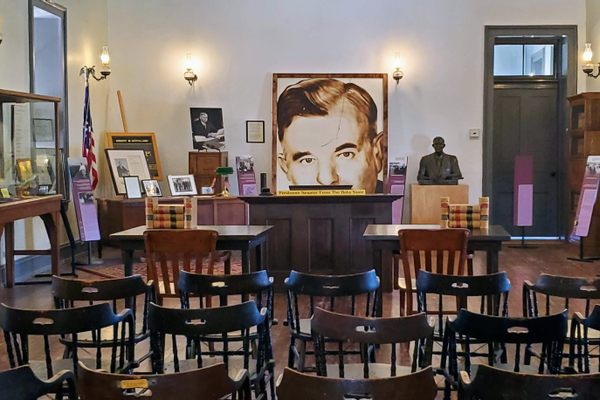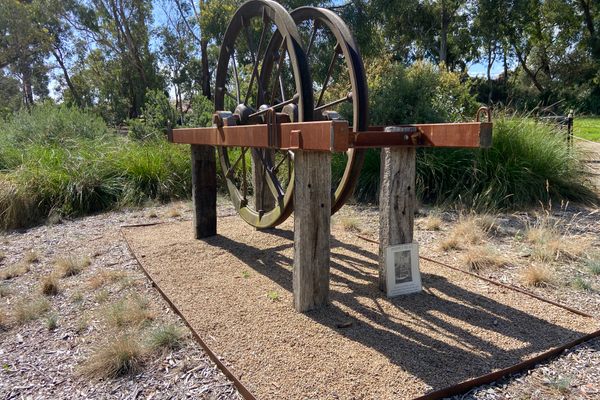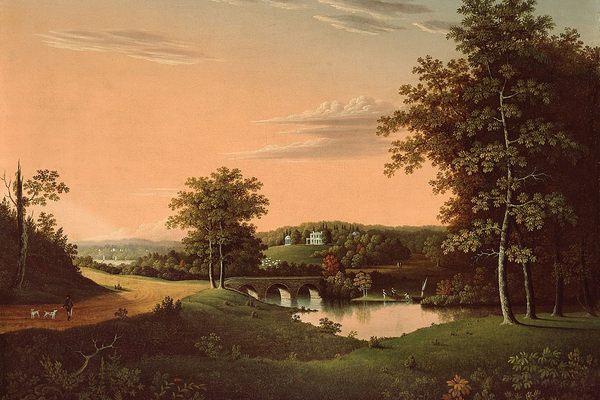About
Located in central Alabama, just 24 miles southwest of Birmingham and 40 miles northeast of Tuscaloosa, Tannehill Ironworks Historical State Park sits right in the heart of McCalla… otherwise known as the boonies. Although some might consider the surrounding area of the park to be desolate, the environment makes for a truly immersive experience with the nature and well-preserved history of the park.
Tannehill is home to some of the best-preserved historical furnaces in the American South. Originally, the site was home to a small bloomery founded in the late 1820s by Daniel Hillman. Years later he expanded the bloomery into Rouges Valley Ironworks and erected two new heating chambers. Hillman died unexpectedly in 1832, leaving behind plans for an even larger operation.
After Hillman's death, the forge remained idle for years until it was finally bought by Ninian Tannehill, who established a large plantation on the site. The remnants of the cabins where enslaved workers lived can still be seen today. In 1850, the first of the three blast furnaces was built, closely followed by two more after an investment from the Confederates at the beginning of the Civil War in 1862. The furnaces are all massive; standing at 30 feet tall and made of 400-pound sandstone blocks, they collectively produced 22 tons of pig iron daily. The only difference between the first blast furnace and the second two was the use of steam engines and hot blast stoves, which were much more reliable than the water wheel used to power the original furnace.
On March 31, 1865, a Union army raid left all but one of the furnaces destroyed. Multiple attempts to rebuild the furnaces fell through, and Tannehill was eventually abandoned. In 1970, the remains of the old Tannehill Furnaces were turned over to the Alabama Ironworks Preservation Commission to preserve the historic site. In 1996, the Tannehill Furnaces became Tannehill Ironworks Historical State Park.
Today, the history of Tannehill Ironworks can be seen throughout the park. Most significant monuments such as the blast furnaces are located near the entrance. Other preserved structures include the John Wesley Gristmill, Pioneer Farm, Edwards House, and the May Plantation Gin House. Recreational areas such as the day-trade area, campgrounds, and playgrounds fill the developed part of the park along with the Tannehill Ironworks Historical Museum. Some 1,500 acres of gorgeous, wooded land is set aside for hiking, swimming, biking, and other outdoor activities.
Related Tags
Know Before You Go
Tannehill State Park is open and accommodating to everyone. Open 365 days of the year, park usage is generally limited to sunrise to sunset, excluding campground activities. The visitor’s center is open Monday to Saturday from 8:30 a.m. to 4:30 p.m. Day use park passes range from $5 to $3 and children five and under get in free; annual individual passes can also be purchased per request.
Community Contributors
Added By
Published
November 19, 2021
Sources
- N.a. “Tannehill Ironworks Historical State Park- McCalla, Alabama.” ExploreSouthernHistory.com. March 30, 2014. https://exploresouthernhistory.com/tannehill.html
- N.a. “Exploring Tannehill’s History.” Tannehill Ironworks: Historical State Park. N.d. https://www.tannehillstatepark.org/
- Bennett, James. “Tannehill Ironworks.” Encyclopedia of Alabama. July 30, 2008. http://encyclopediaofalabama.org/article/h-1616

